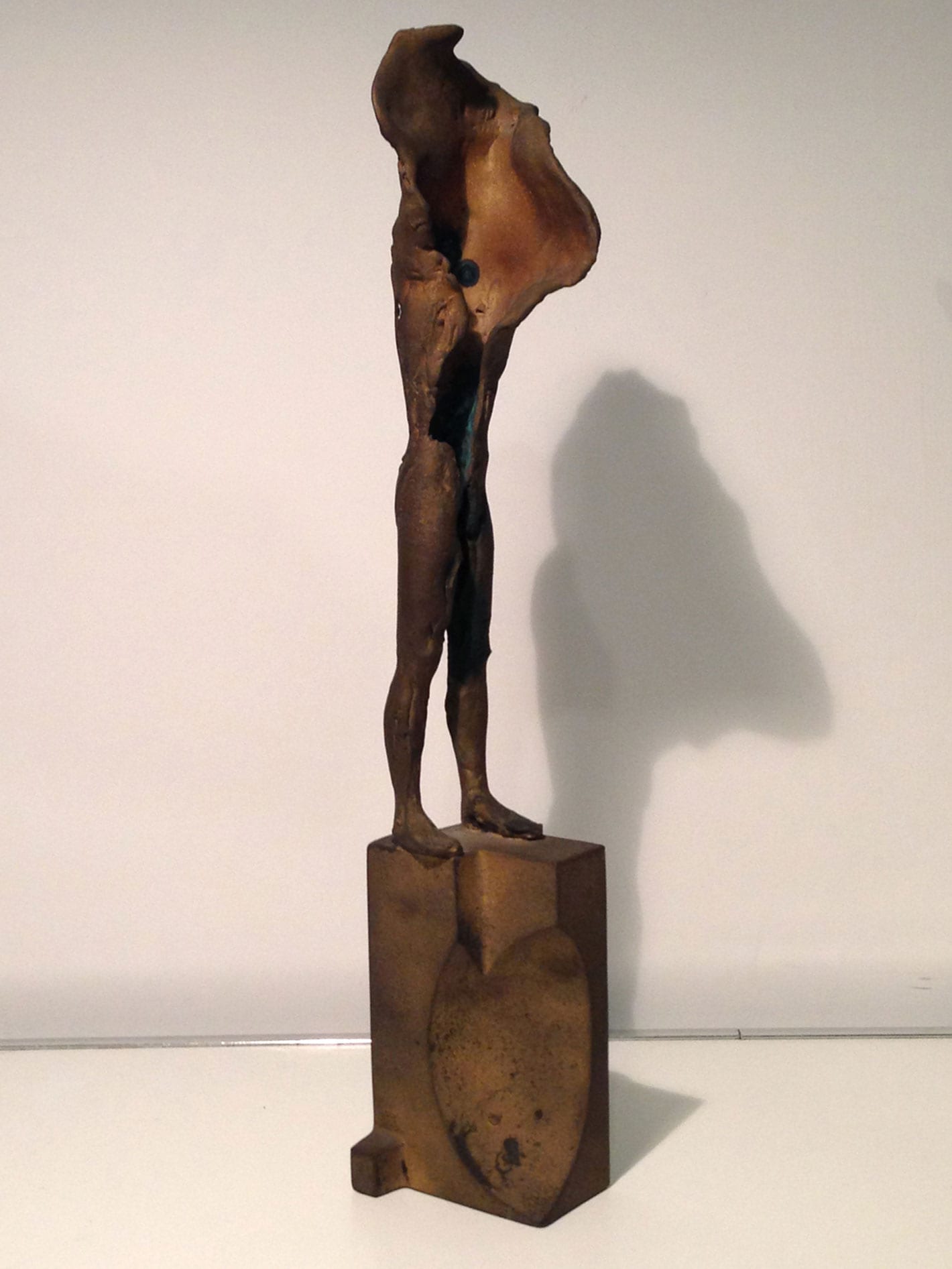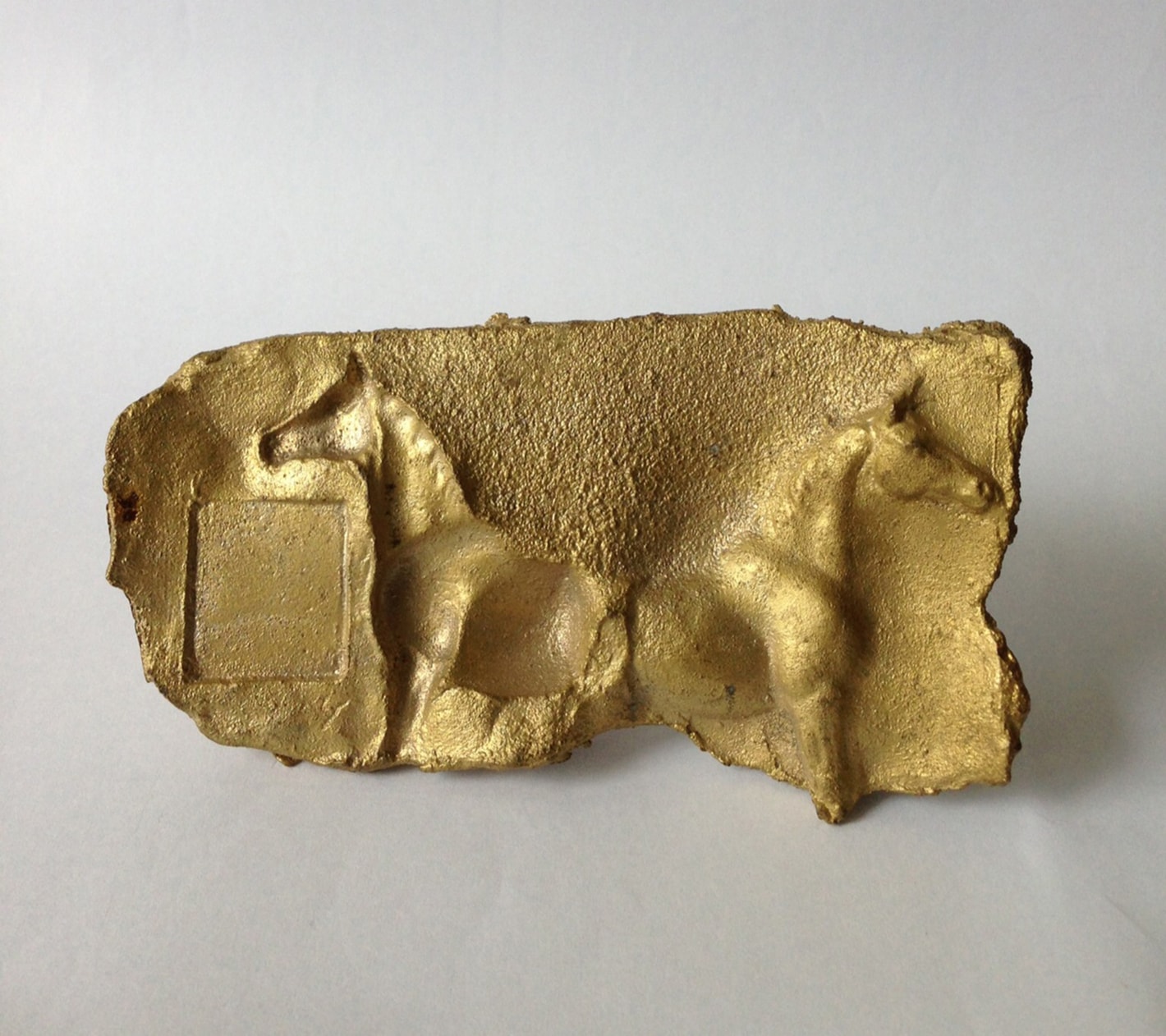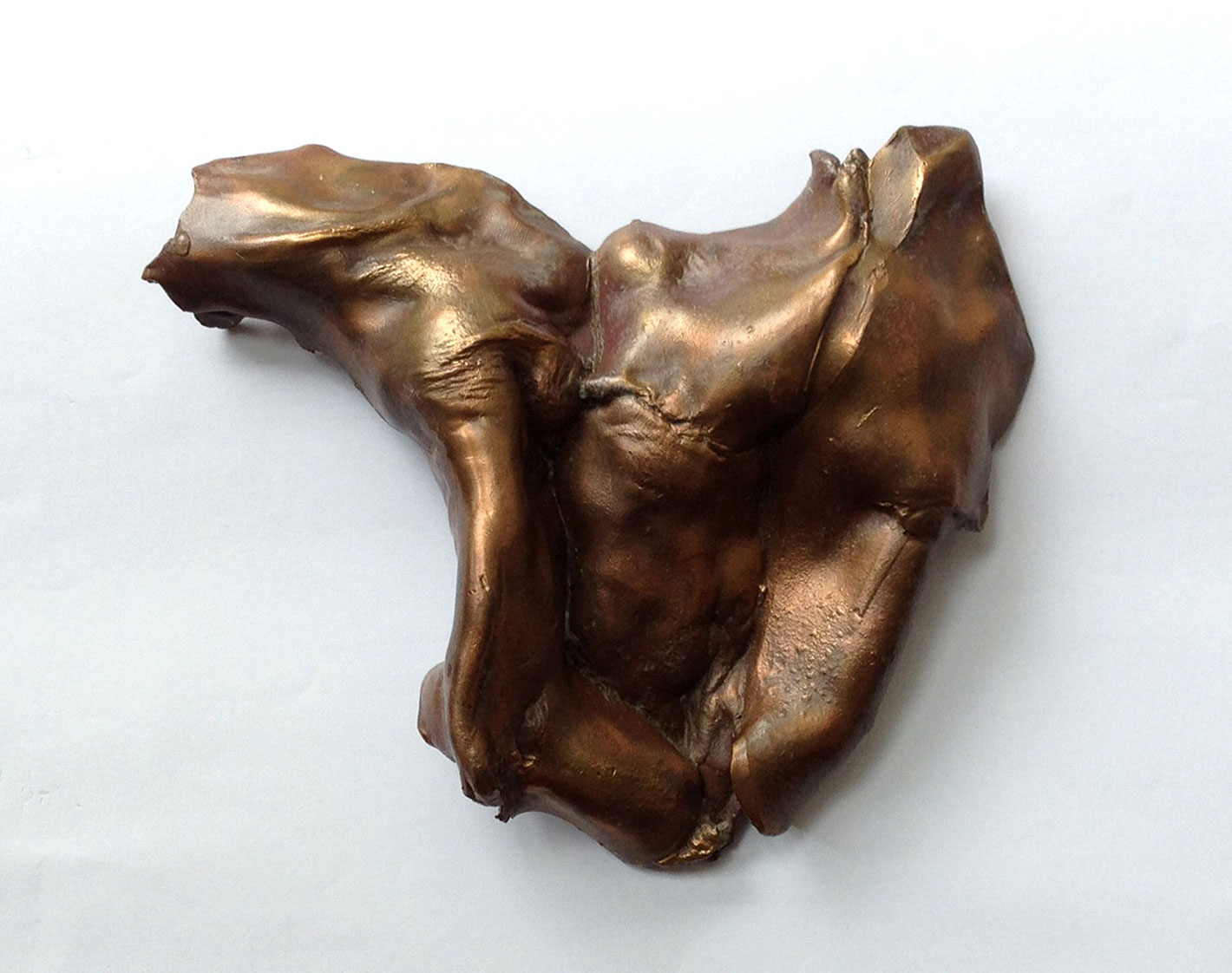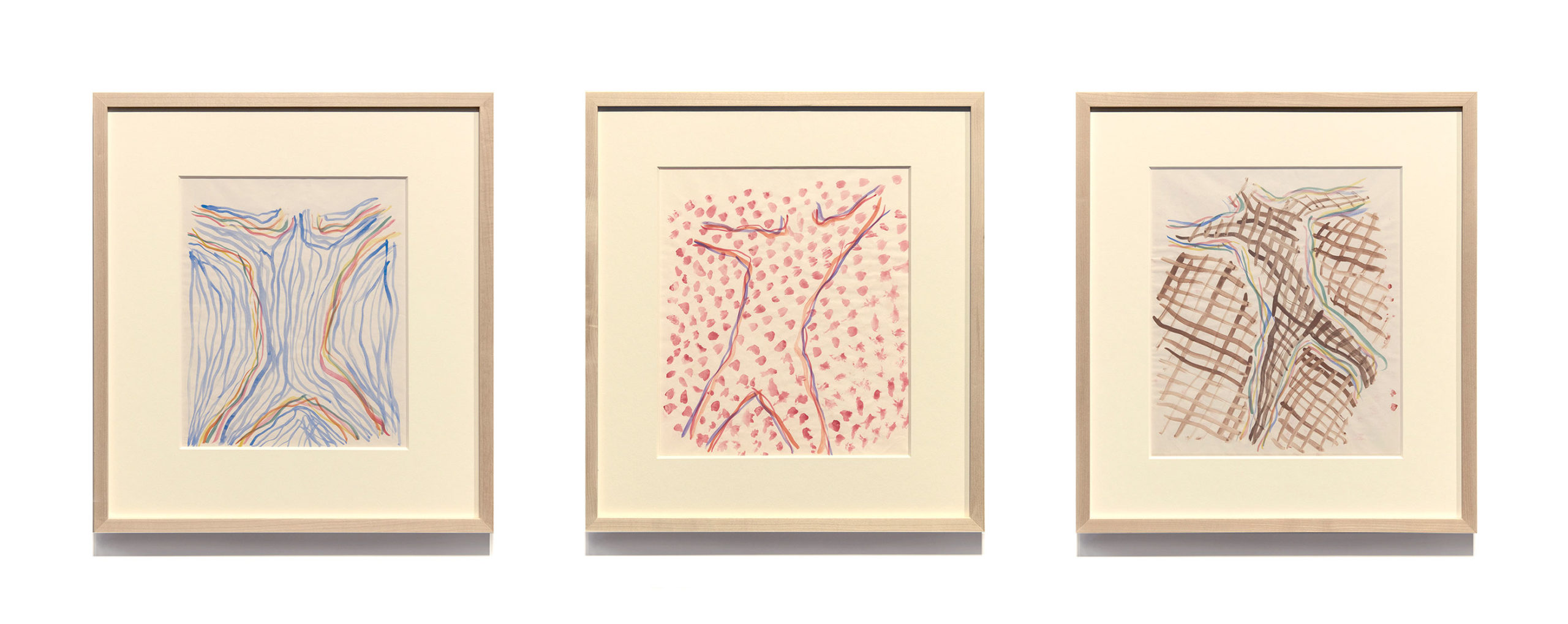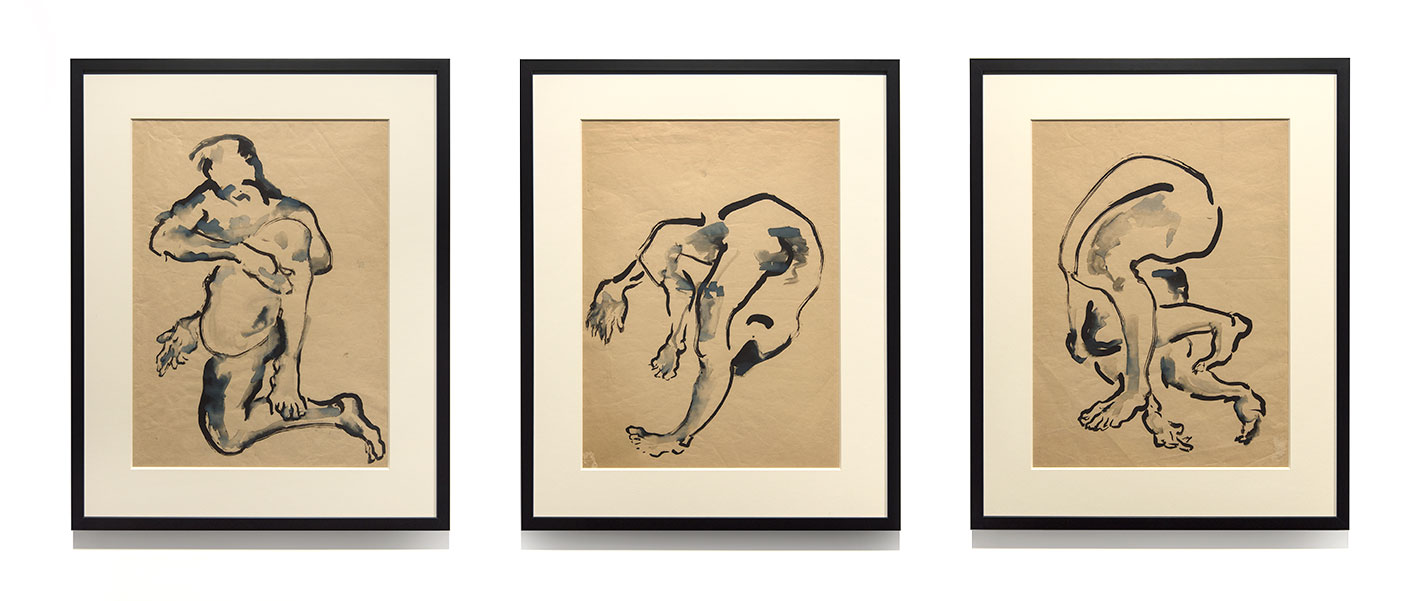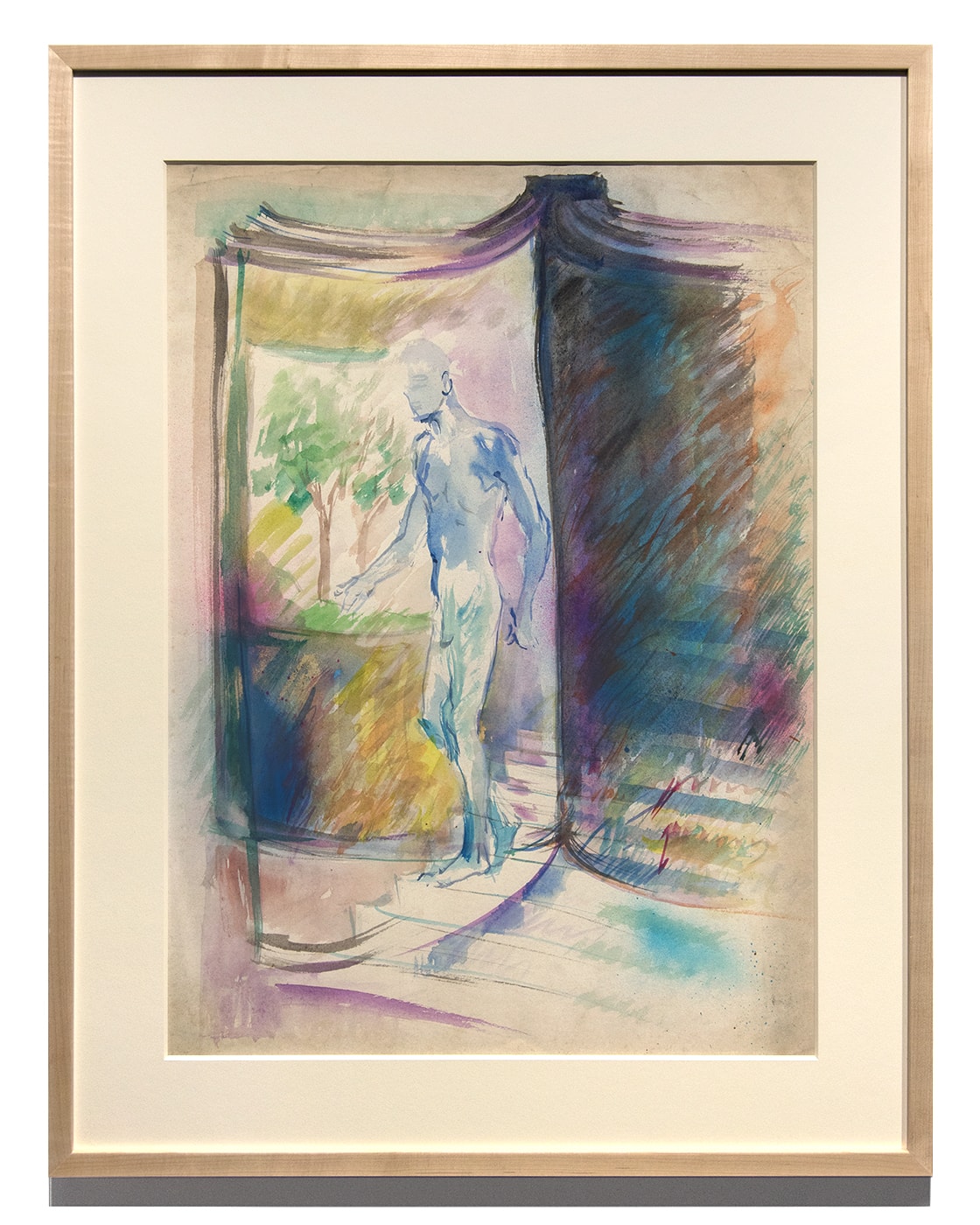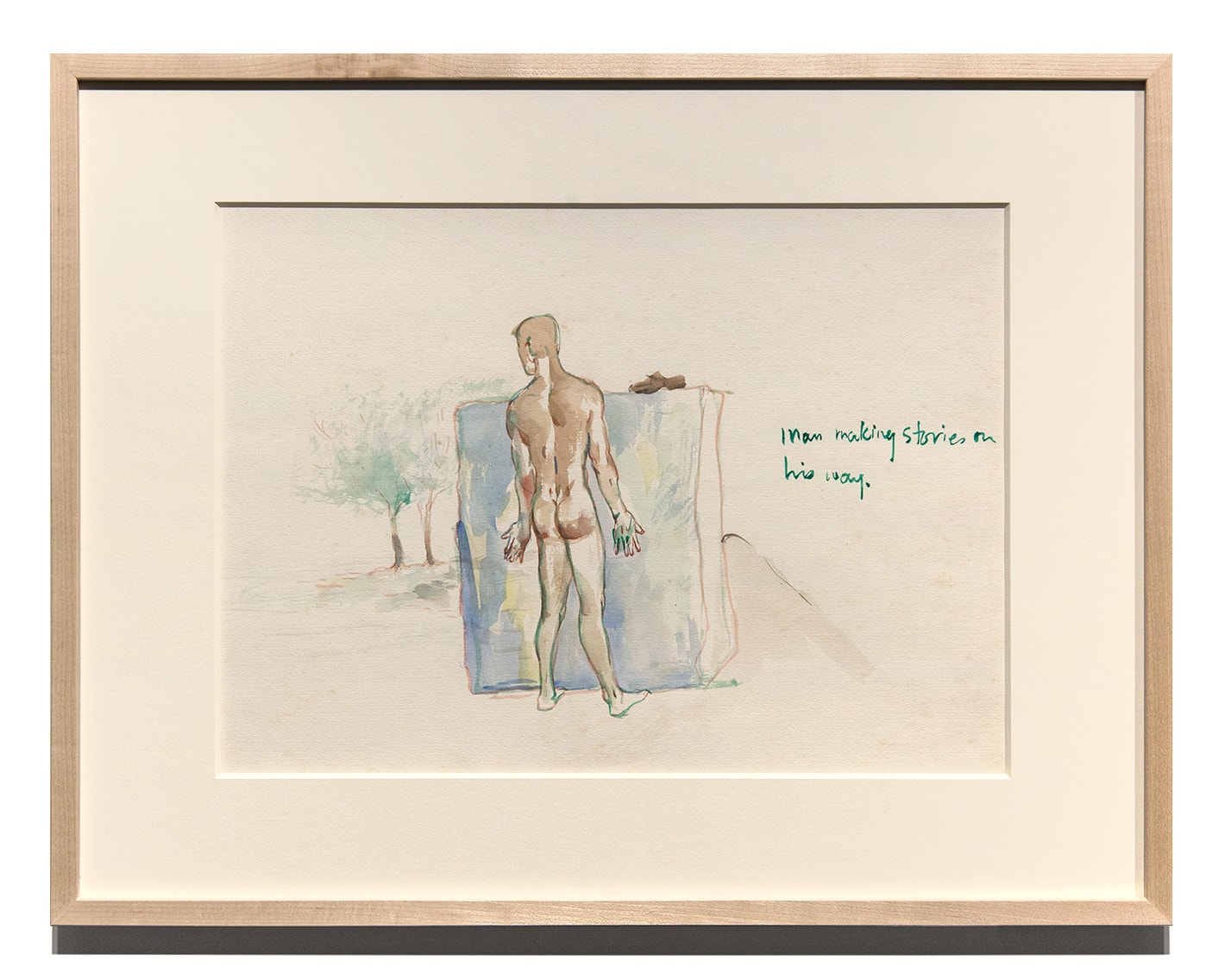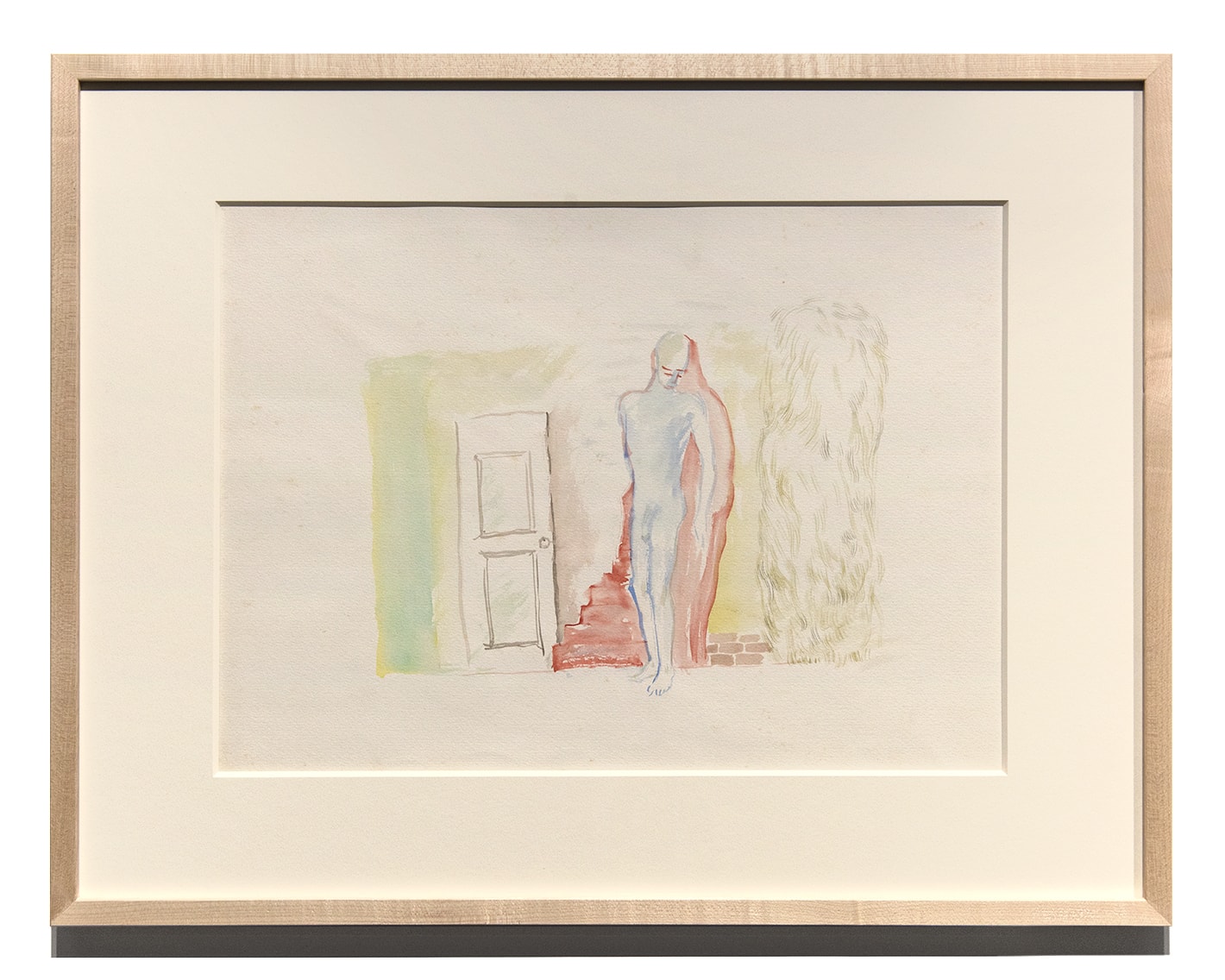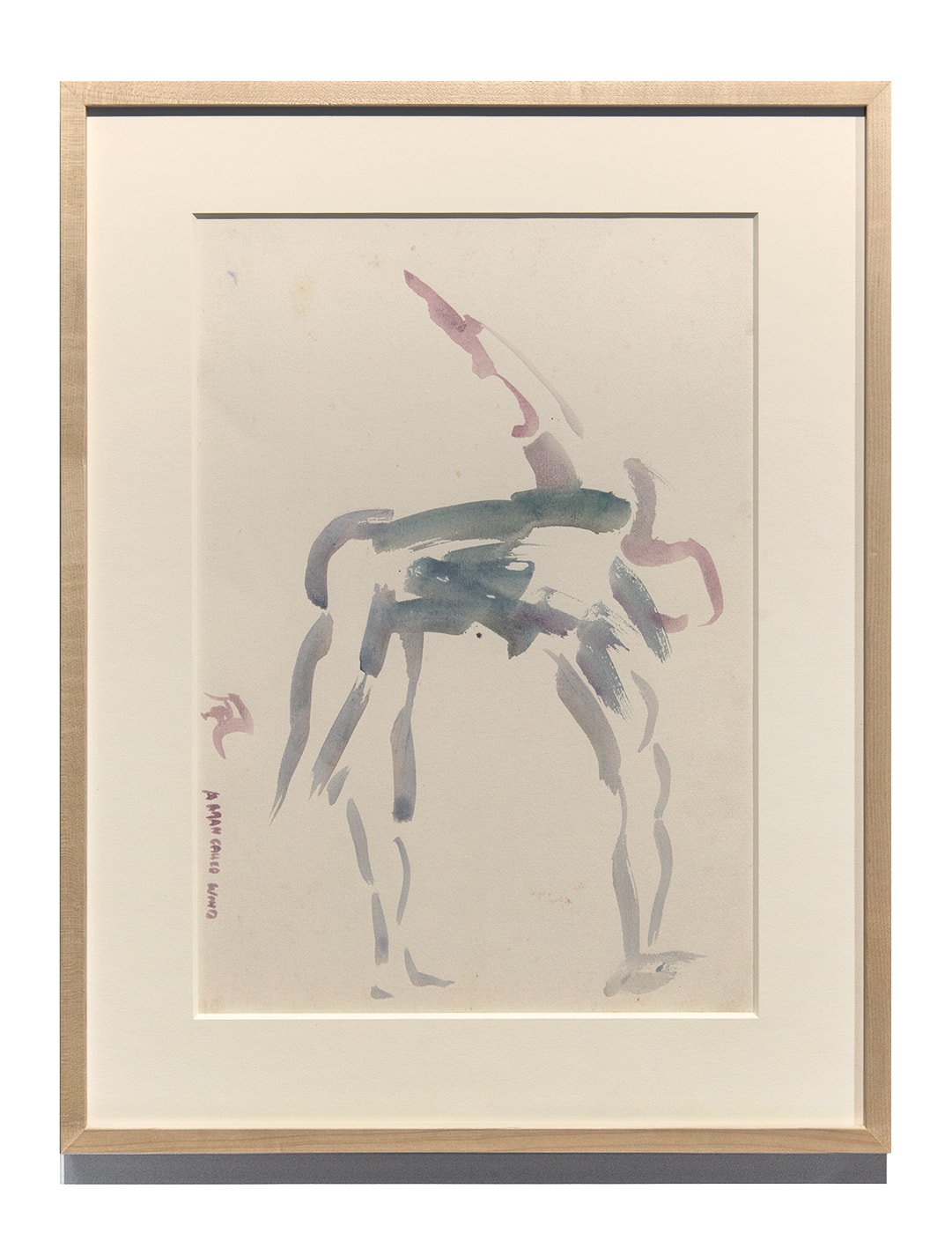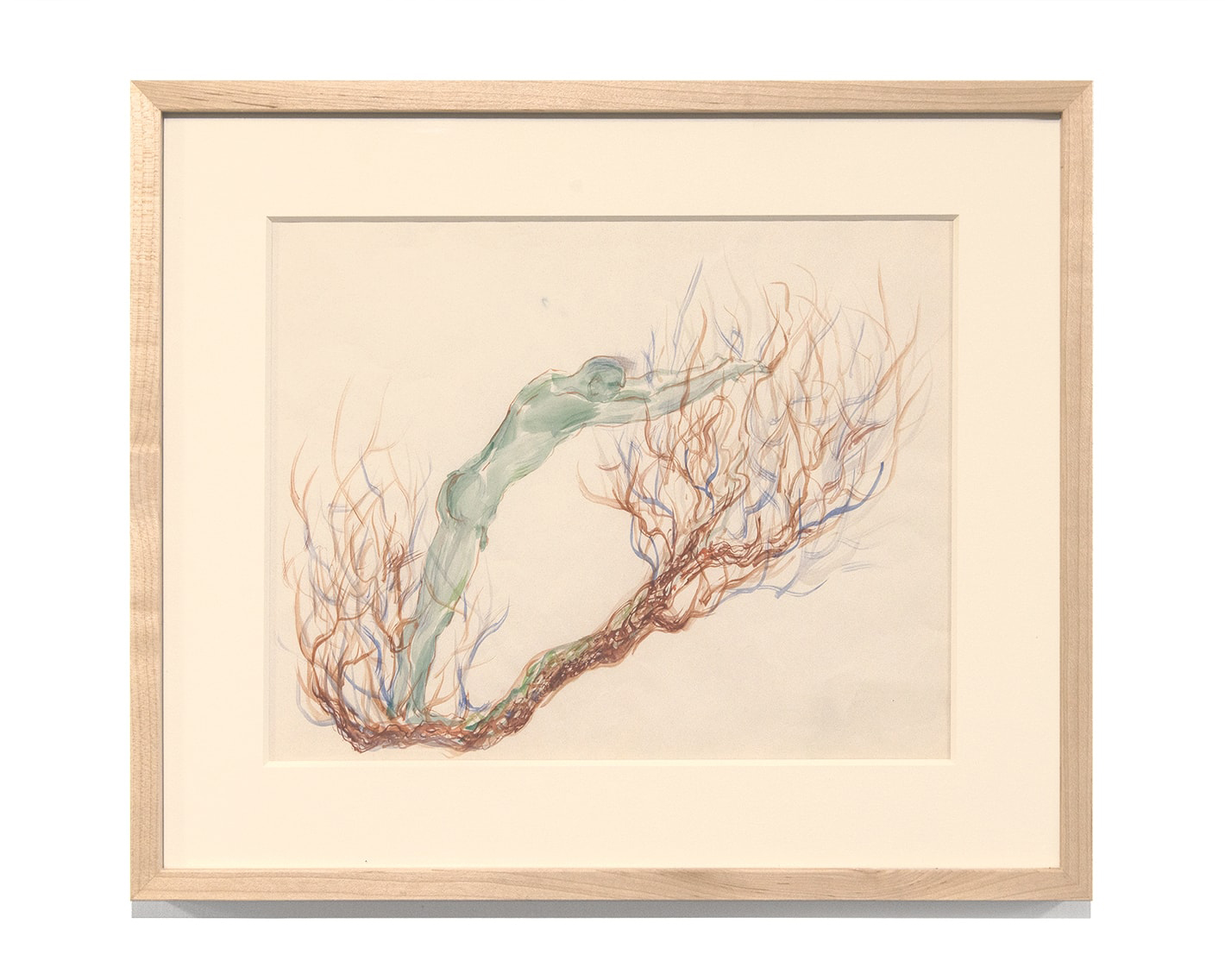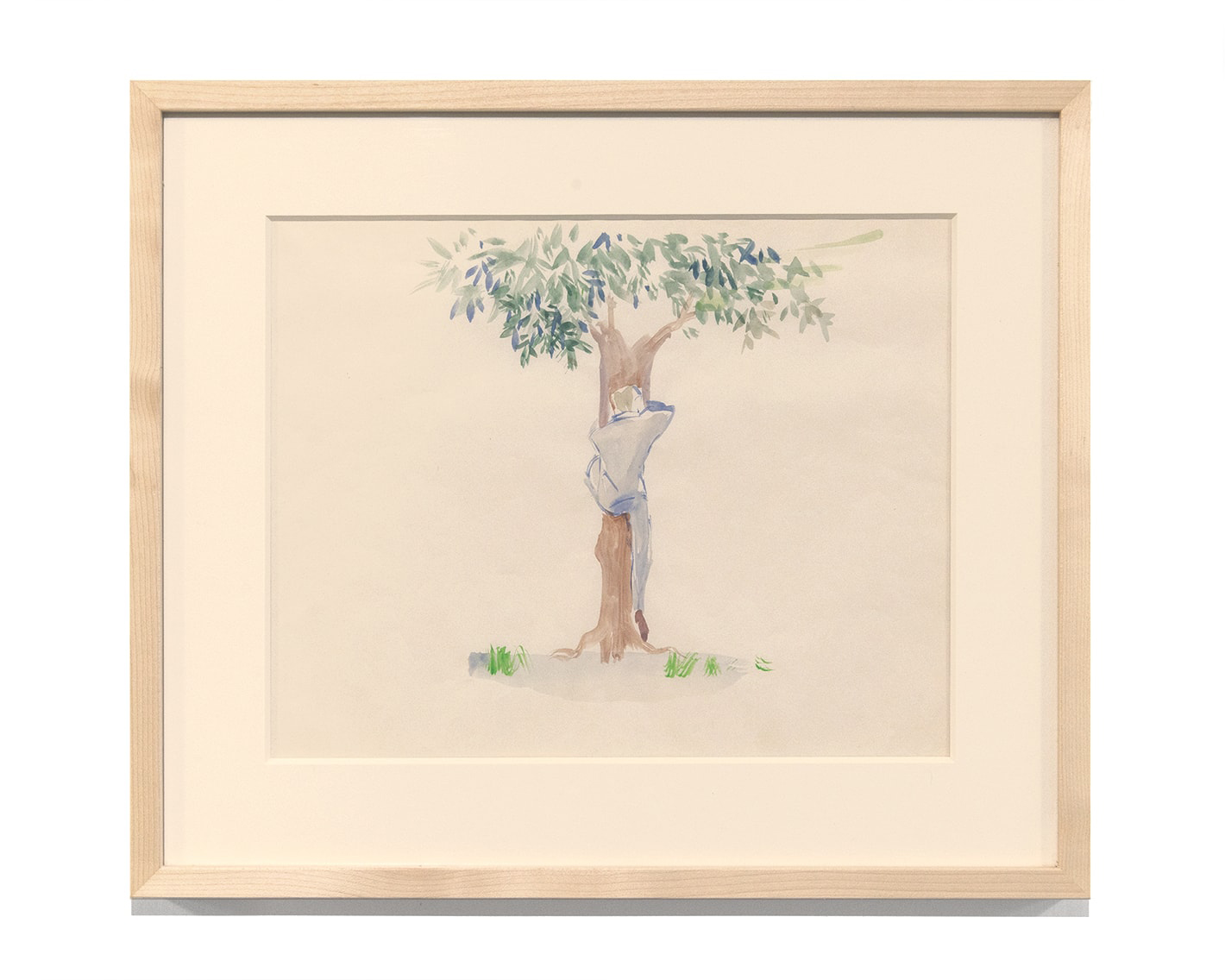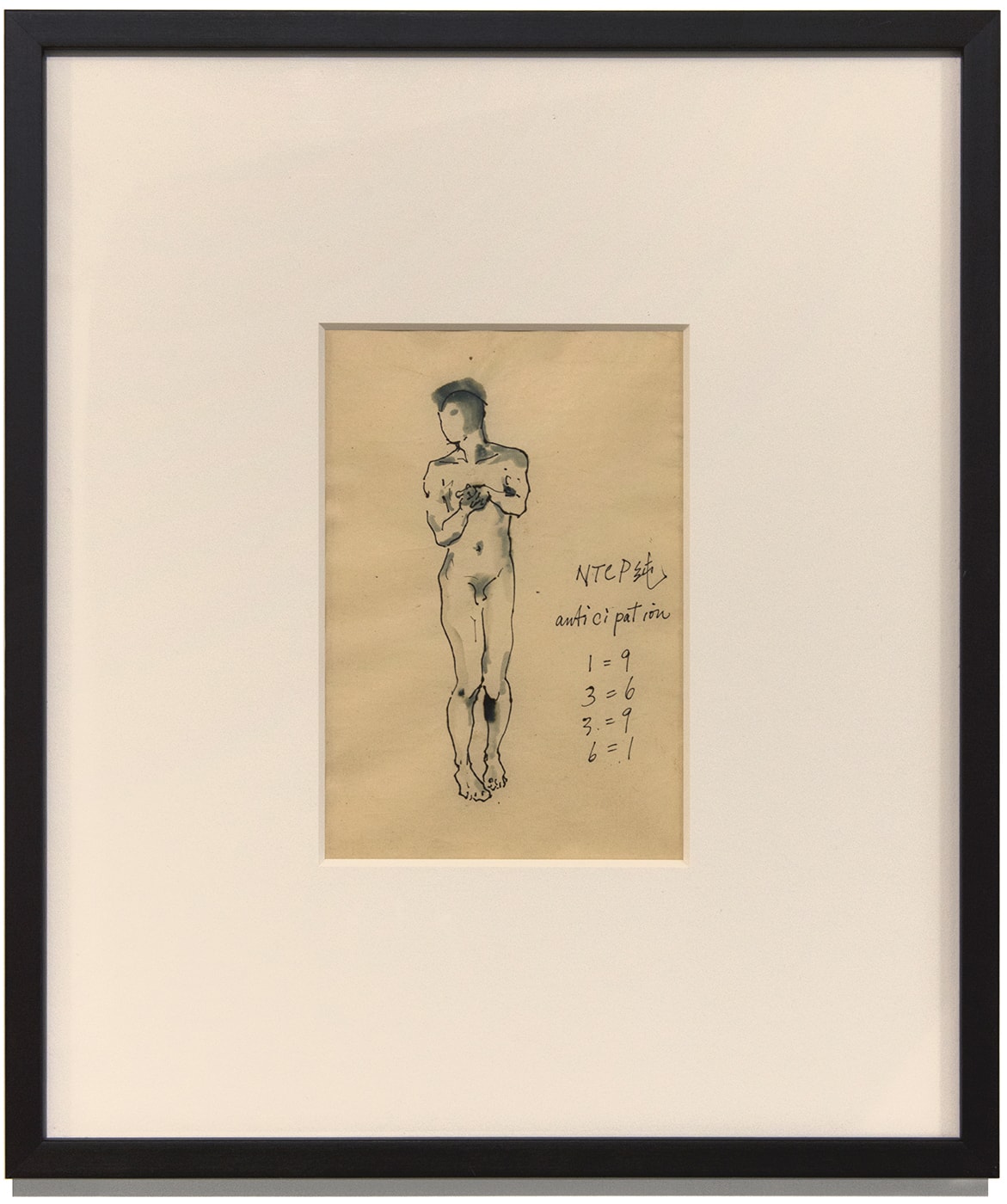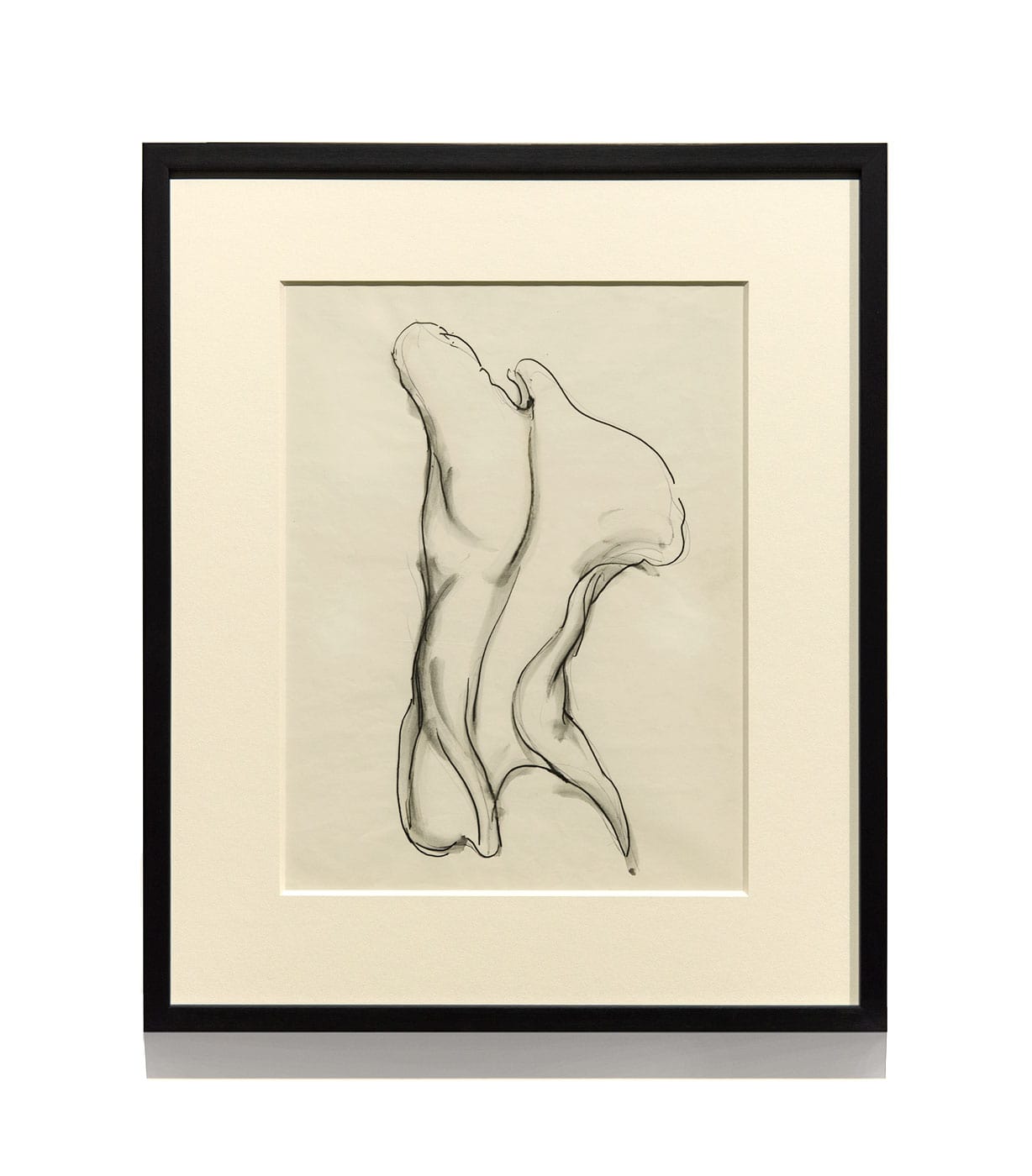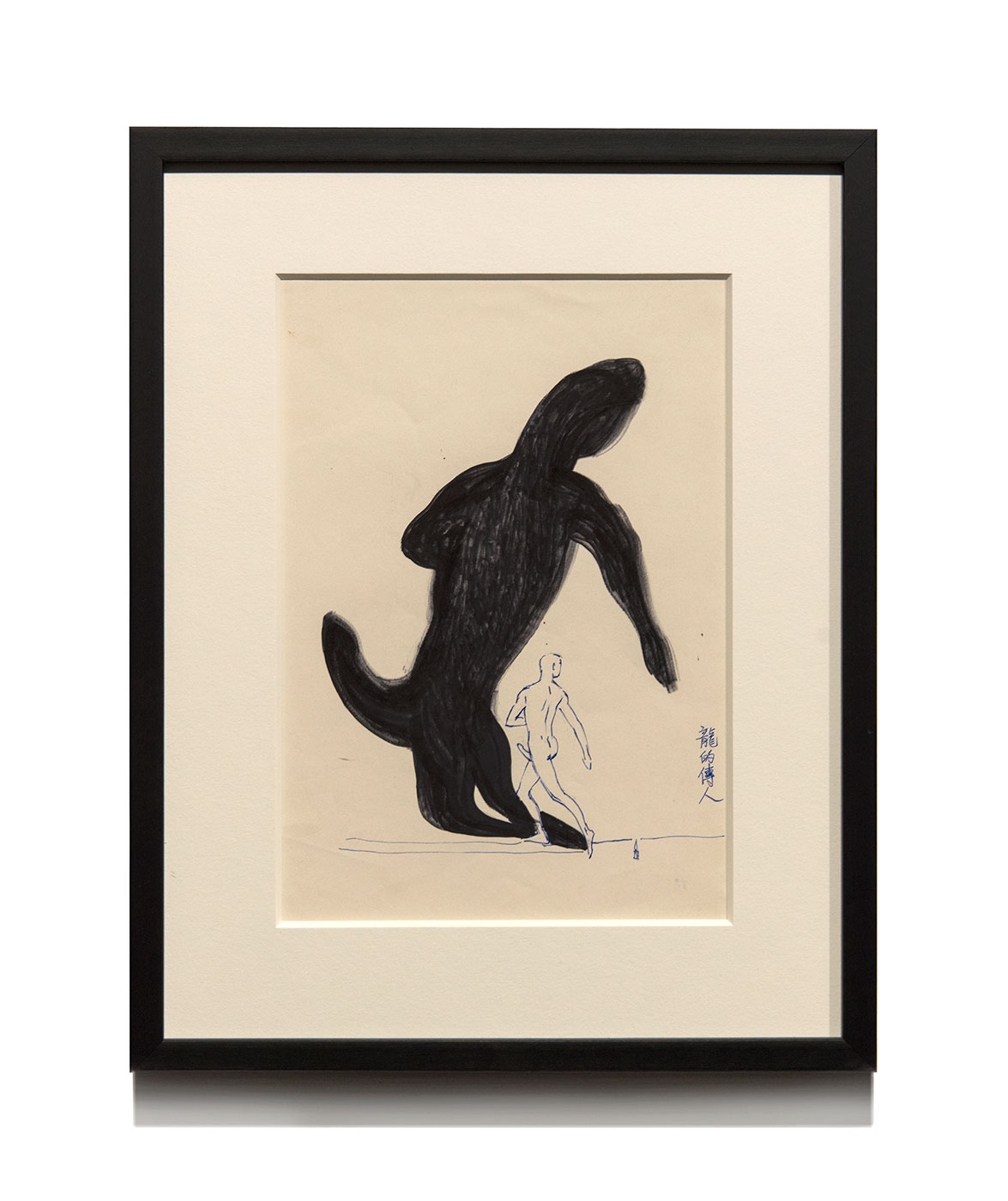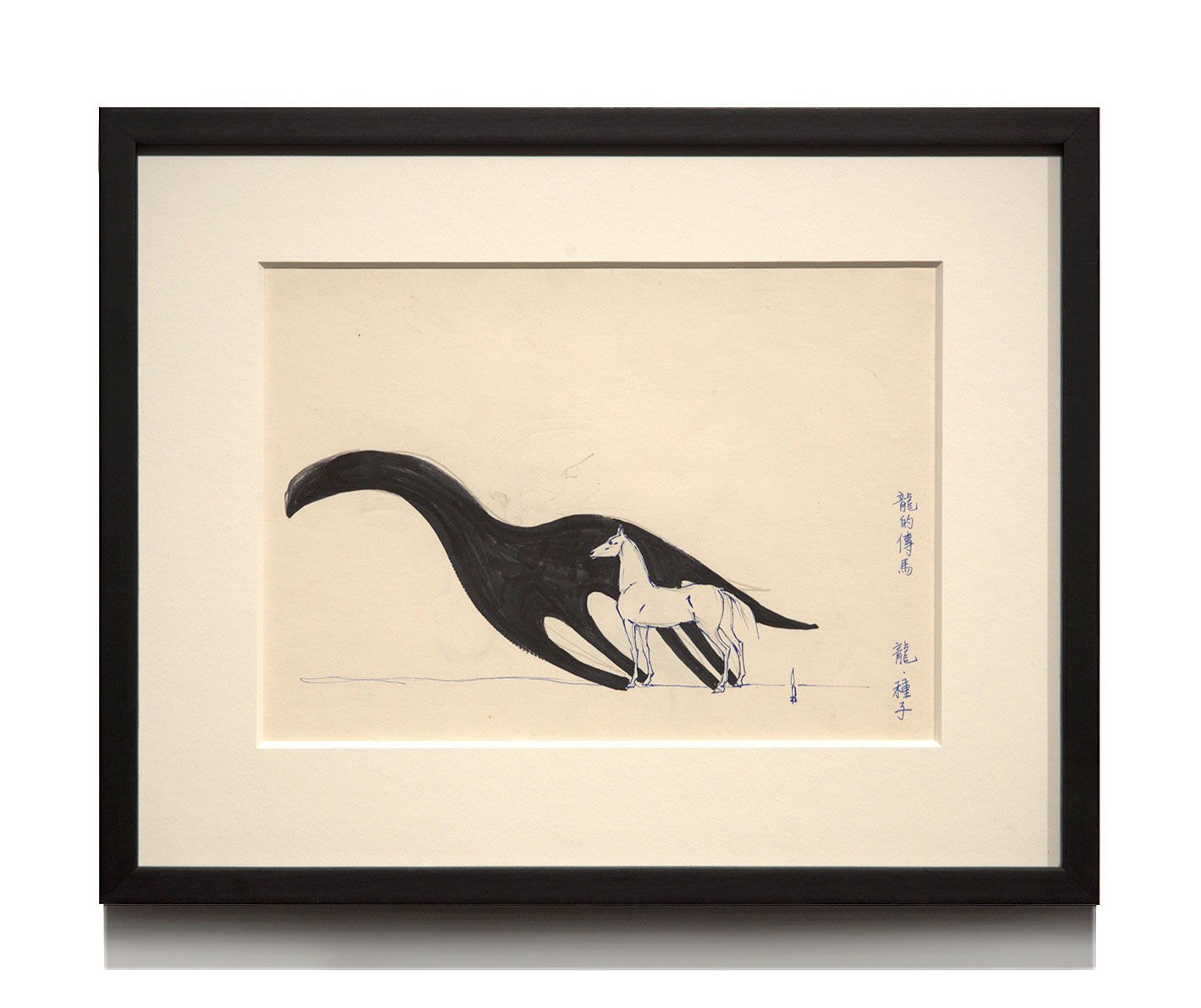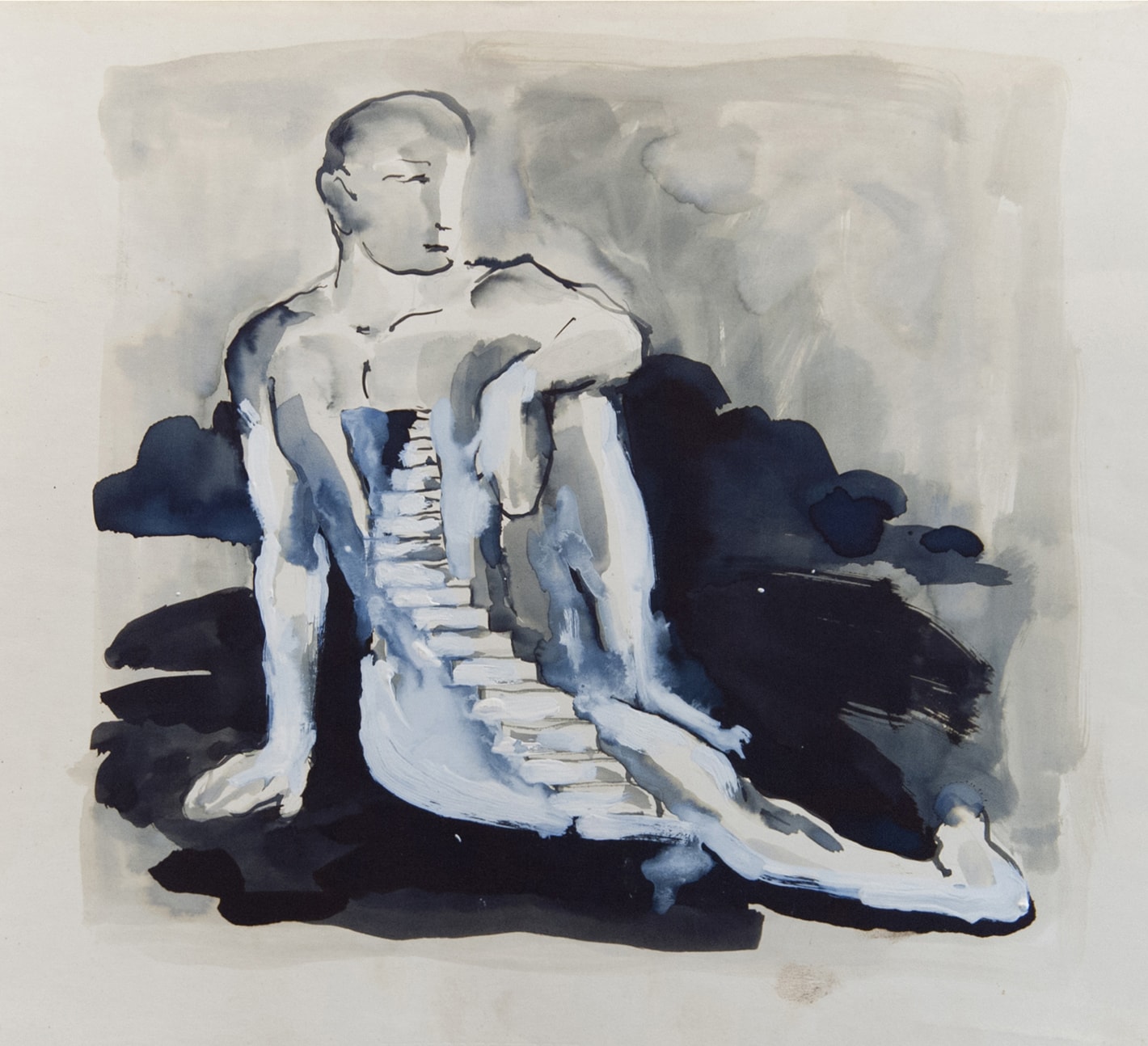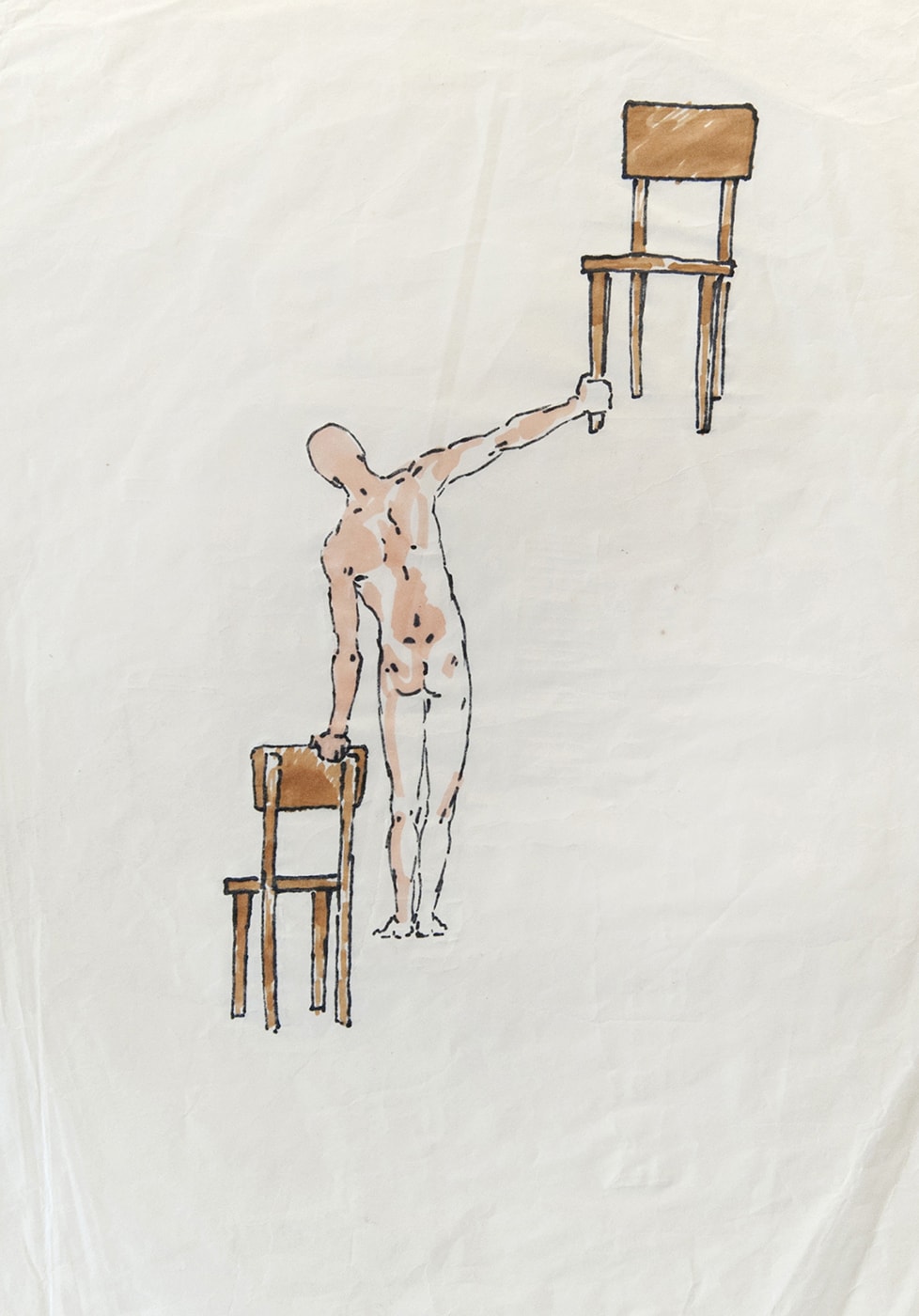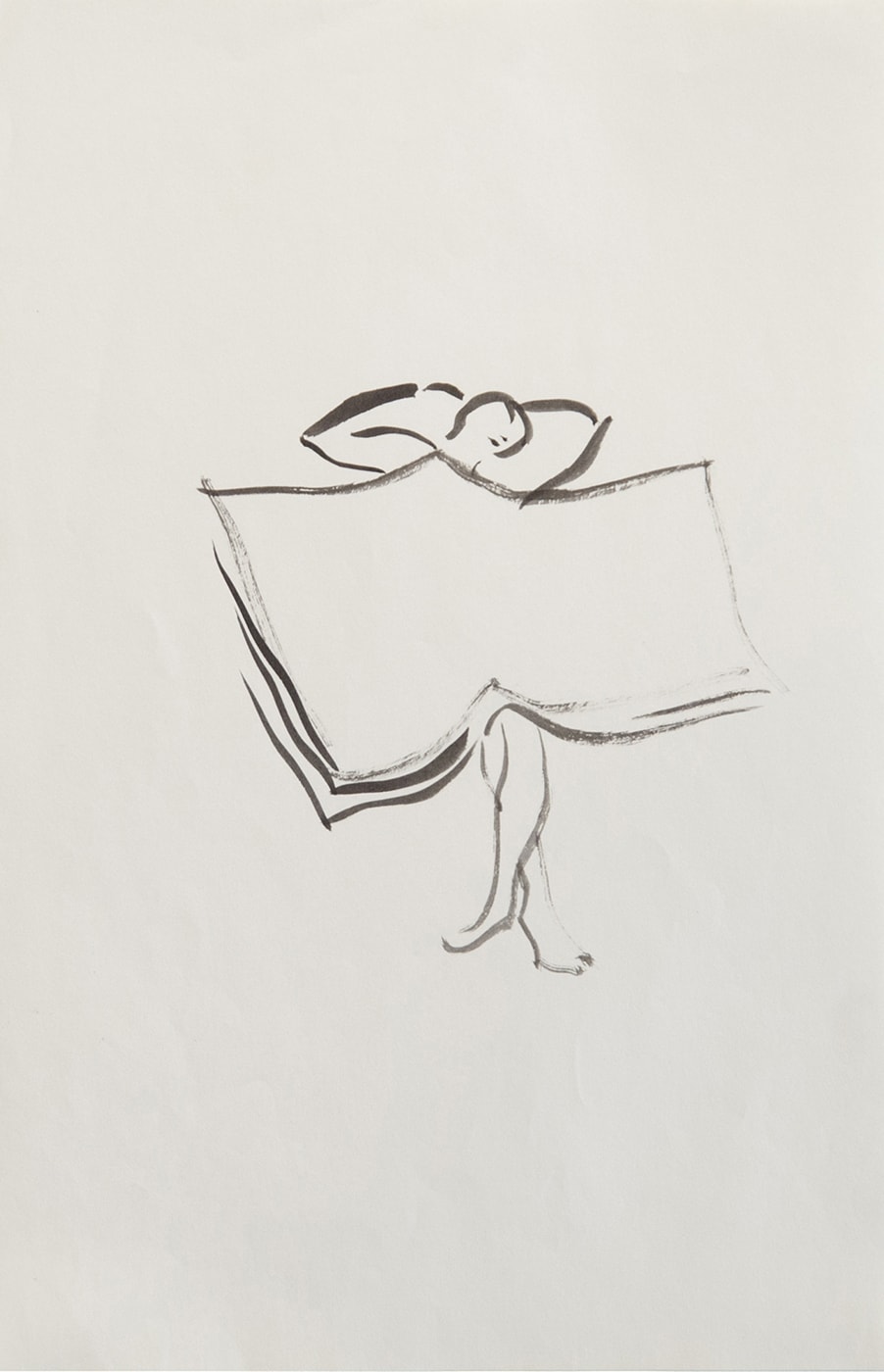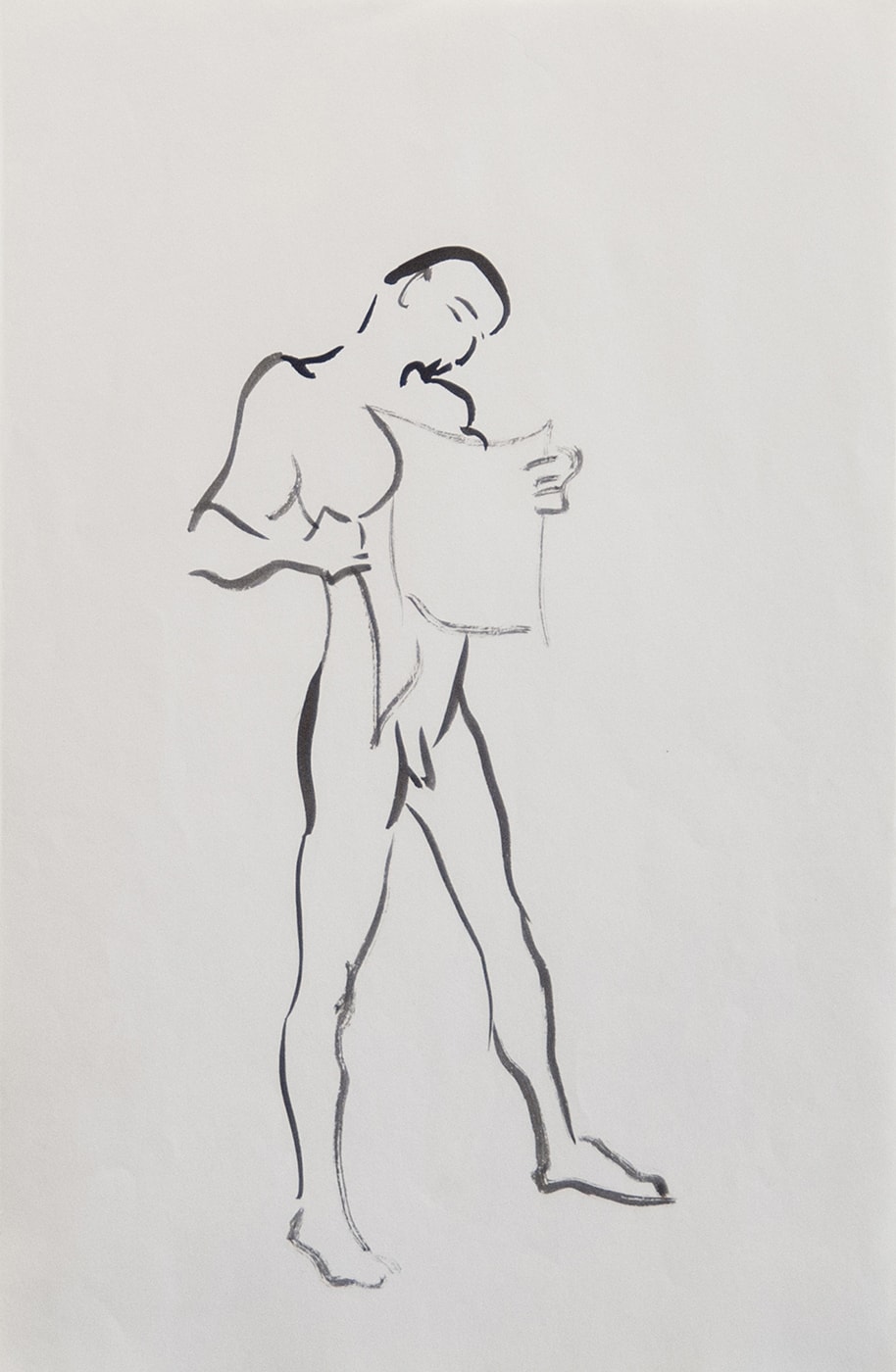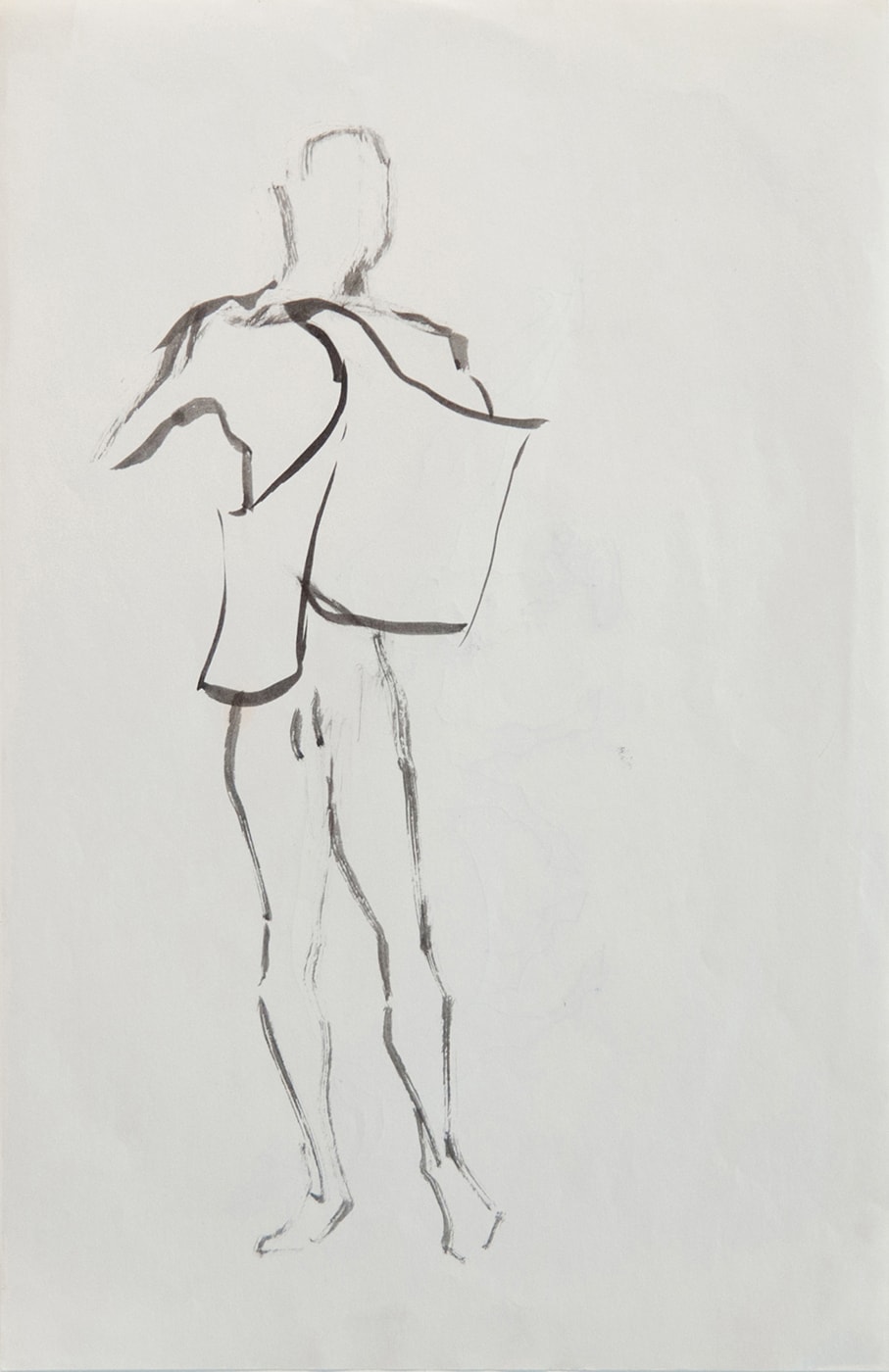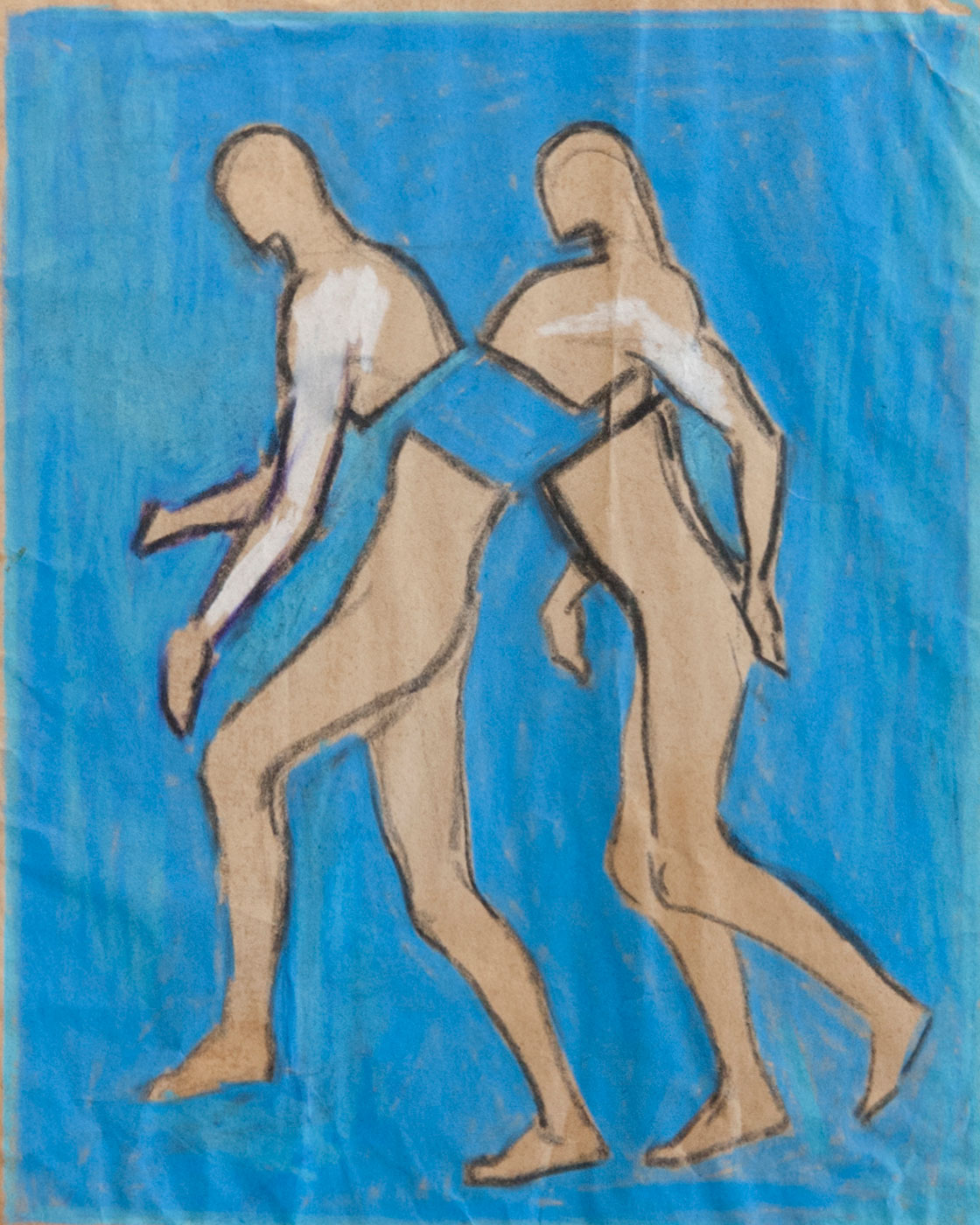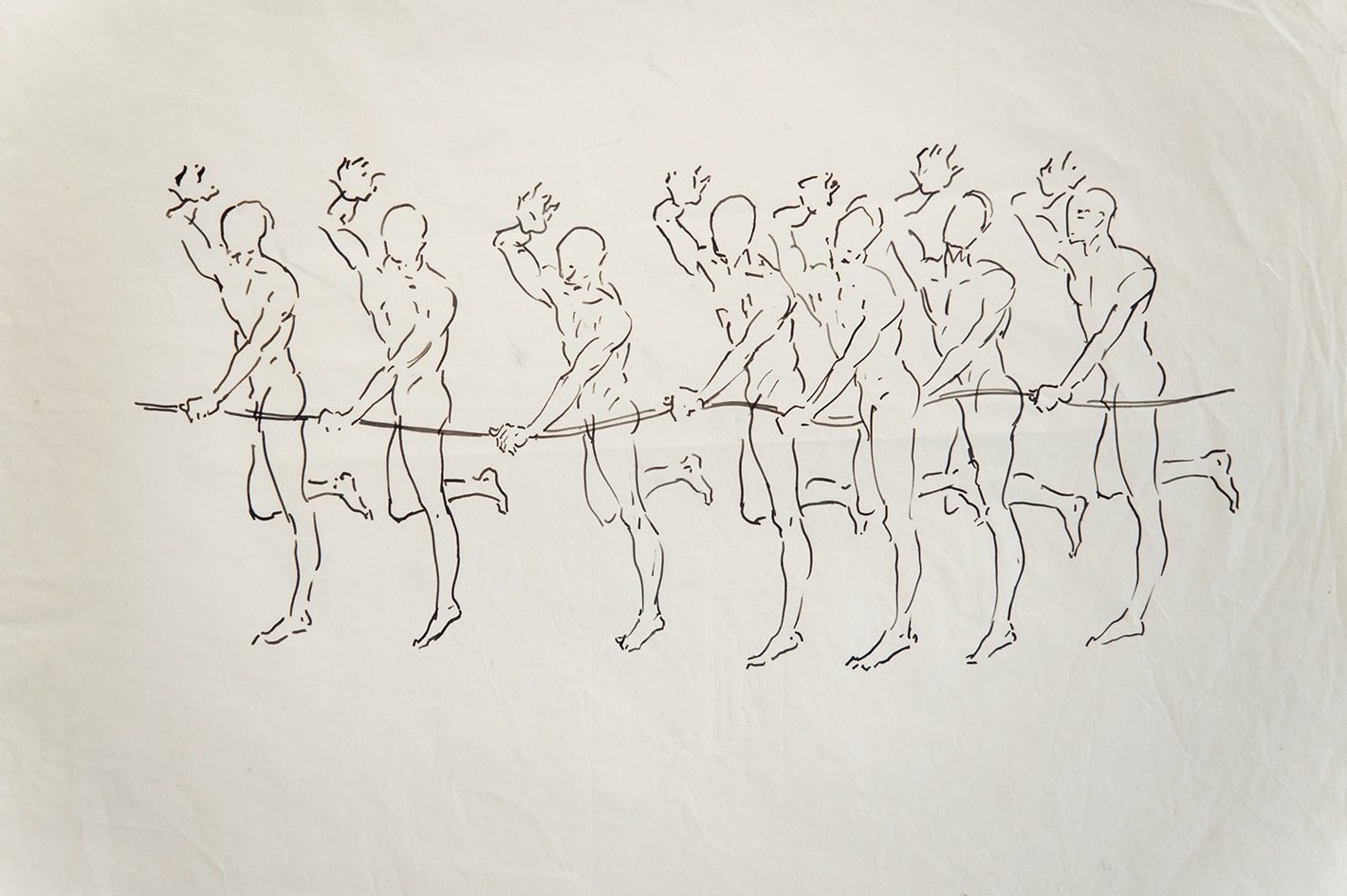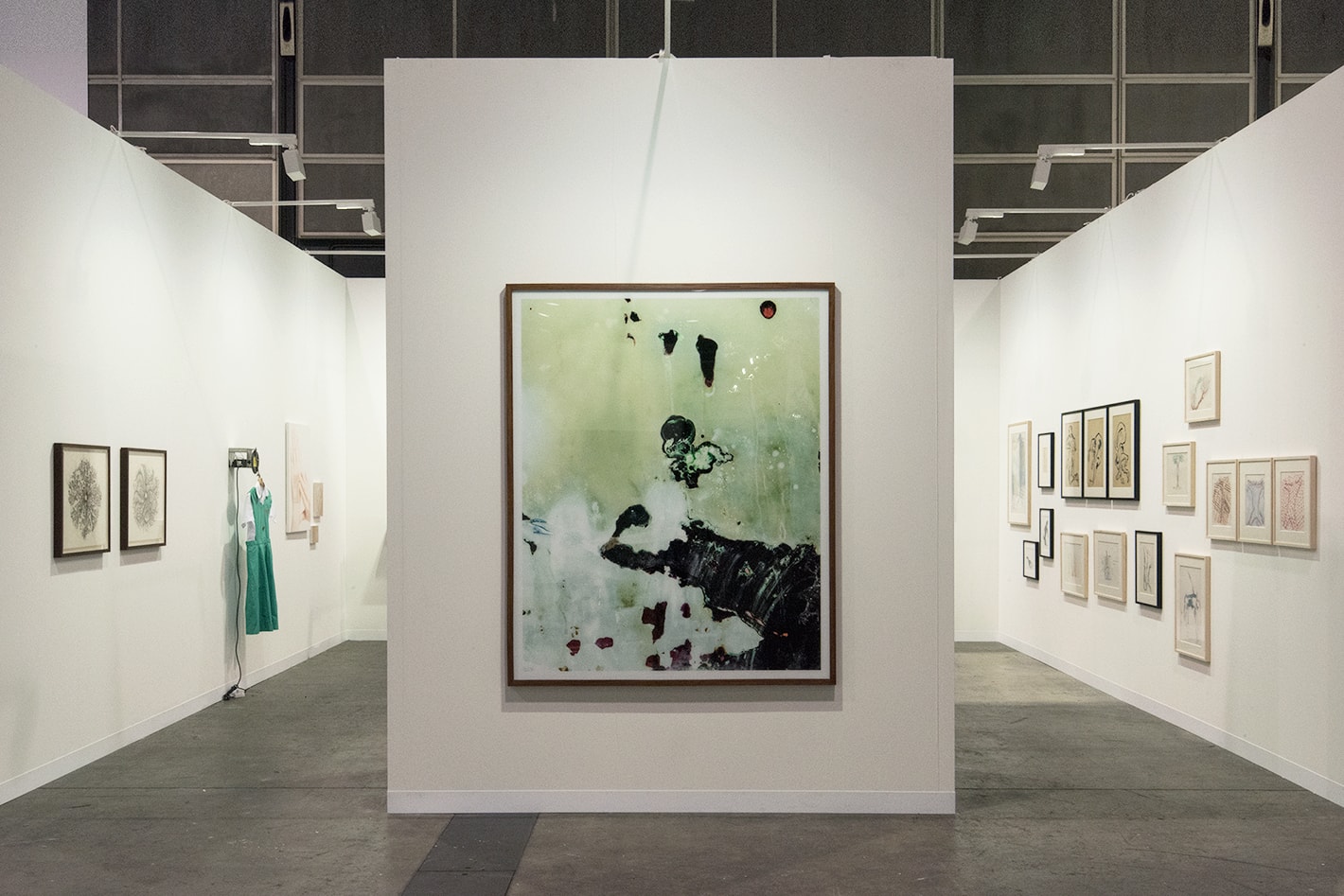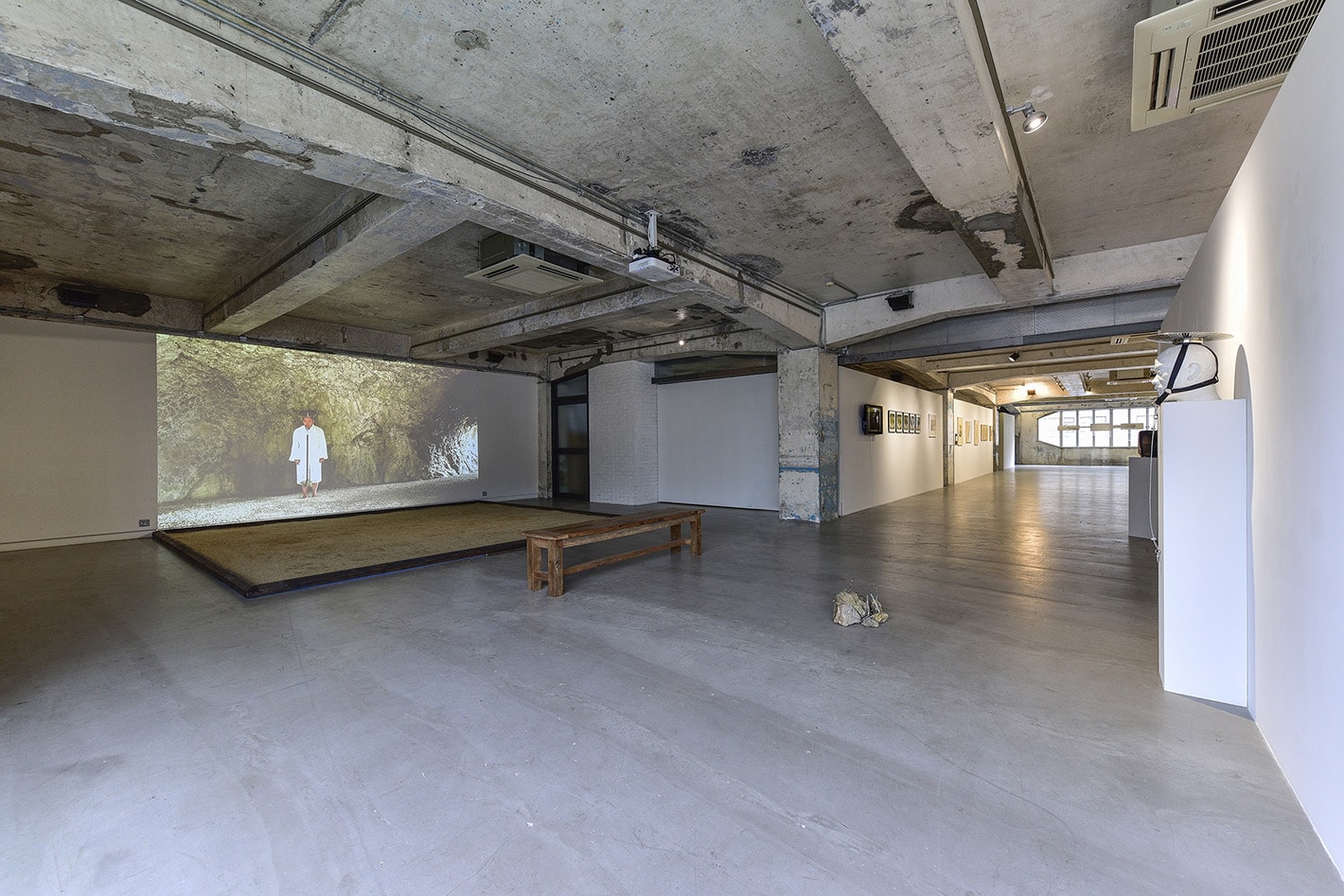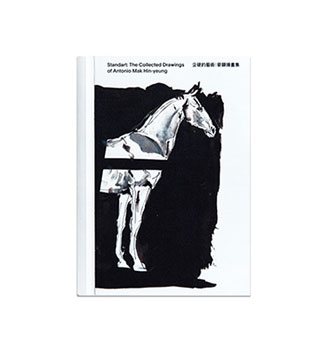Antonio Mak was renowned for his figurative cast-bronze sculptures in the hybrid forms of human bodies, horses, tigers and man-made objects. His works expose a keen interest in icons, symbolism and homonymic word plays, which articulate a return to humanism through the human body, and the particular socio-political situation of colonial Hong Kong. Along with the sculptural work, Mak’s rich body of drawings and sketches contain extensive explication and bold experimentation of the artist’s personal iconography.
From 1971-1975, Antonio Mak studied painting at Goldsmith’s College, School of Art, University of London. Mak undertook studies in sculptures at the Slade School of Art, University of London and worked under supervision at the Bronze Foundry of The Royal College of Art in London 1975-77. In the late 1980s, Mak travelled to US for intensive training in the latest technical methodologies of bronze casting at the Johnson Foundry in New York.
Mak’s solo exhibitions and retrospectives in institutions and museums include “Looking for Antonio Mak” (Hong Kong Museum of Art, 2008) and “The Art of Antonio Mak – A Retrospective” (Hong Kong Arts Centre, 1995). Mak was also a participant in the seminal self-organised group exhibition, “Out of Context” (1987), an important chapter in the history of contemporary art in Hong Kong.


